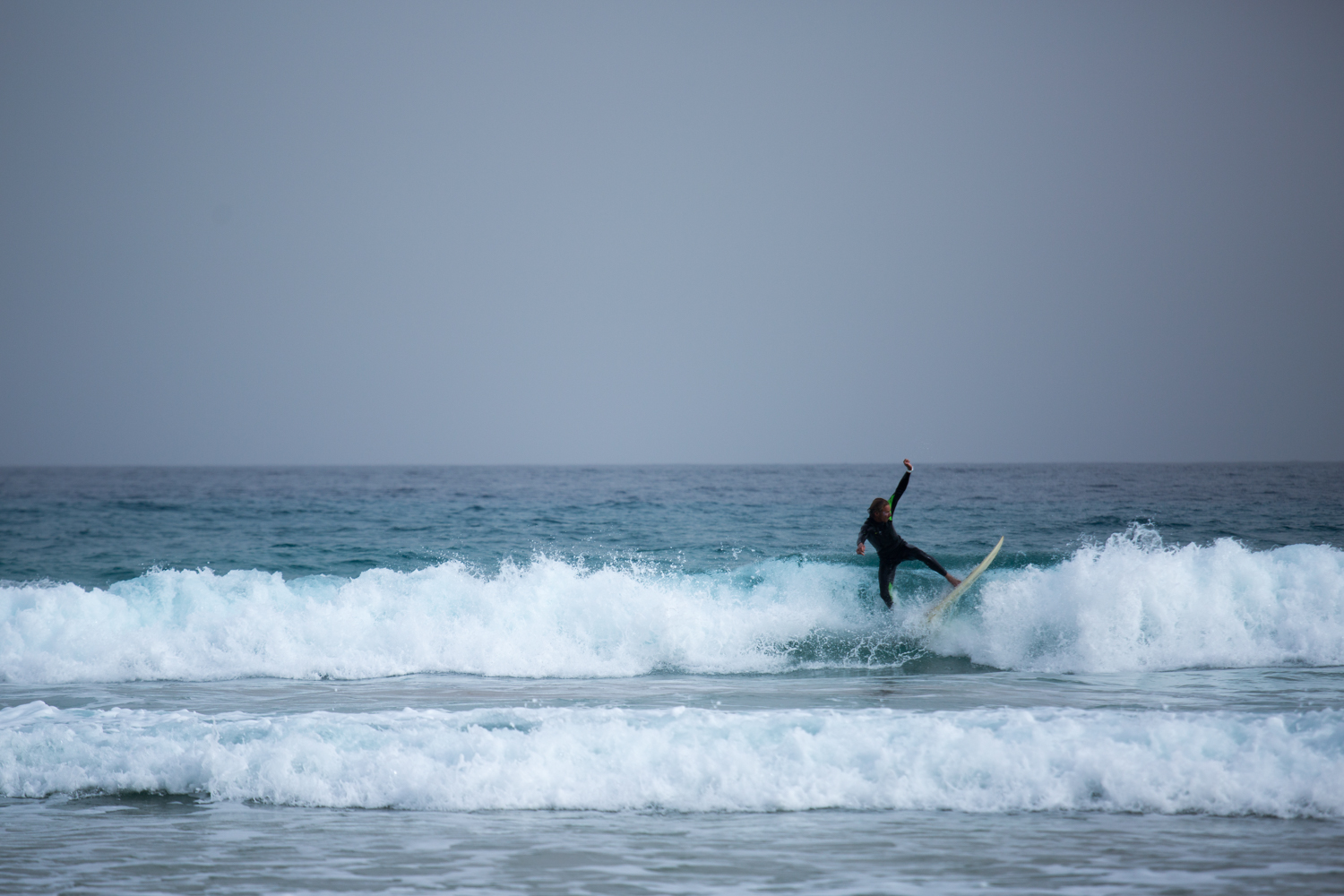Step 1 – Get To Know Your Wave
Before heading into the water take a good look at the ocean and the waves to get an idea of the area, where the best spot could be and where there maybe any hazards. No beach is exactly the same, each and everyone has its own unique reefs, rocks and sandbars that will affect how and where the waves break.
Take your time to assess the conditions and observe. You can also ask other surfers to see if they can give you any pointers but be polite and respectful if you’re surfing on a local beach.
It’s also always a good idea to check online to learn about the surf spot you’re heading to. The best position to catch a wave is in whats call the pocket next to the breaking point. Here in the “wave’s shoulders” the water is steep.
